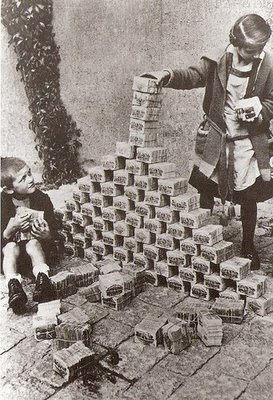
New paper by Nate Cline and Nate Perry, published in the Review of Keynesian Economics.
From the abstract:
Several explanations of the ‘great inflation moderation’ (1982–2006) have been put forth, the most popular being that inflation was tamed due to good monetary policy, good luck (exogenous shocks such as oil prices), or structural changes such as inventory management techniques. Drawing from post-Keynesian and structuralist theories of inflation, this paper uses a vector autoregression with a post-Keynesian identification strategy to show that the decline in the inflation rate and inflation volatility was due primarily to (i) wage declines and (ii) falling import prices caused by international competition and exchange-rate effects. The paper uses a graphical analysis, impulse response functions, and variance decompositions to support the argument that the decline in inflation has in fact been a wage and import price moderation. A Taylor rule differential variable was also used to test the ‘good policy’ hypothesis. The results show that the Taylor rule differential has a smaller effect on inflation, controlling for other factors.
Read full paper here.
